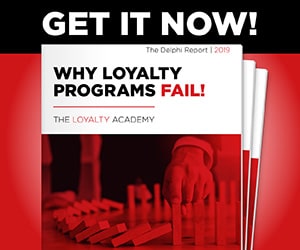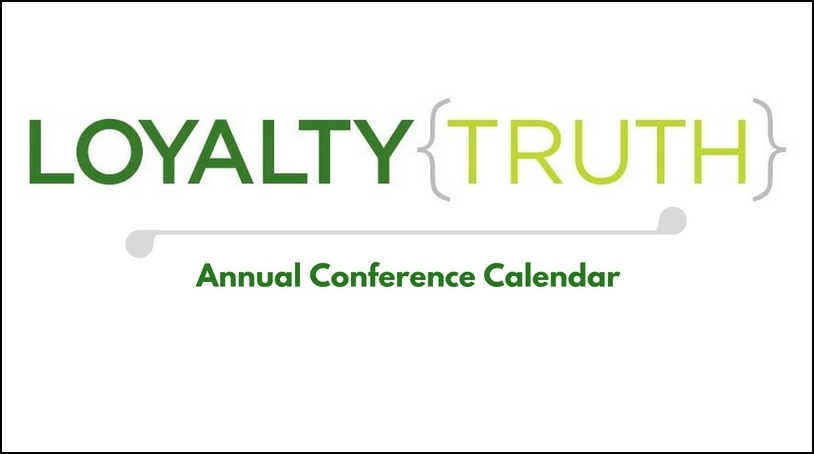Two forces are at work in the financial services industry today that place banker marketers at an interesting crossroads.
The first phenomena is a new wave of regulatory pressure on banks and credit card issuers specifically targeted at credit cards. This has occured as a reaction to the tough economy endured in the US leading Congress to add protections for consumers. Banks themselves contributed to the eventuality of regulation as they refused to resist the temptation to use every angle permitted by law to reap profits from teh credit card business, some would say to the detriment of many consumers.
The second force at work is a growing need, indeed a demand, by consumers for help in improving their finanical literacy quotient. Members of Generation Y surveyed have cited their lack of understanding of financial products and eagnerness to get help to gain a better comfort level with financial basics. Some bank marketers are putting programs in place to meet this need and may be creating the foundation of lasitng consumer banking relationships for years to come. The question is: will the industry jump on board?
An indication of the need is evidenced in the results of the National Financial Literacy Challenge conducted 2008 among 46,000 high school students where the average score was a failing 52 of 100. Congress sees the need as well and is considering setting up a Consumer Financial Products Commission to evaluate the products sold to consumers by the Financial Services industry.
Annamaria Lusardi, professor of economics at Dartmouth College sums up teh opportunity for banks by saying “We are in a big teachable moment” due to the financial crisis.
Financial literacy is defined as skills to be able to perform the basics such as balancing a checkbook, creating and living within a budget, paying bills on time, avoiding late fees, and saving for the future or major purchases.
Becoming advocates of increasing financial literacy seems like a no-brainer as banks could build trust through transparency and a show of sincere interest in the welfare of their customers.
The reality that puts hesitation in the banker’s step is this: US Banks and credit unions generate $34Billion annually in overdraft fees on Checking, Debit and ATM accounts accoridng to the FDIC.
Research firm Olvier Wyman notes that 68% of all NSF and overdraft fees come from just 5% of accountholders racking up 20 or more OD / year.
In the Loyalty Marketing arena, I am aware of some in the industry proposing Debit Card Rewards programs where the business case is driven by increasing overdraft fees and have been asked more than once if rewarding points for NSF fees would be a good idea. The answer to that question can be found by asking if we are encouragin a behavior that is good for our customers.
In the past decade, consumer protection regulation has been introduced affecting the mortgage and credit card business. Overdraft fees are the next frontier and bank marketers have to decide if they want to become advocates of the high road of fincial literacy or make a deal with te devil that will yield profits in teh near term but be cast aside by regulation at some poitn in teh future.
According to Rebecca Borne, Center for Responsible Lending, “Banks are clearing transactions from highest to lowest to cleat the account earlier and charge more fees”. It is this type of practice that needs self policing by the banking industry if they are to be perceived as truly customer centric at some point in the future.
Fifth Third Bank and SunTrust are two examples of banks taking the high road. SunTrust has launched it’s new campaign “Live Solid, Bank Solid” and is training its own staff in financial basics, hopping that the skills will be transmitted to the customers they serve.
Fifth Third has seen a 27% increase in new accounts opened by students in the first 6 months of 2009 over same period of 2008 as the result of a “financial outreach program it began running on campuses earlier this year” cited Larry Magnesen, Fifth Third’s CMO.
teh bank’s new marketing campaign “Don’t be That Guy” offers a series of funny video clips YOU Tube style that illustrate the “what not to do” of many financial situatinos.
(www.53.com/students – Hulu, FB – Favorite commercial “in the dark” (get link))
Education of younger people in financial service basics should be driven by teh consumer and be delviered in a clear and simple format.
Whether consumers sitck with their commitment once the economcy recovers and whether they will continue a shift to debit be more permanent adn credit cards shunned is similar to ll gas conservation continue as gas prices ease?Two forces are at work in the financial services industry today that place bank marketers at an interesting crossroads.
Two forces are at work in the financial services industry today that place bank marketers at an interesting crossroads.
The first is a new wave of regulatory pressure specifically targeted at credit cards. The Credit CARD Act of 2009 will have wide ranging impact on the payments industry in the US. Passing of the legislation was in reaction to increasing criticism and lobbying by consumer groups and was driven to passage as the US economy cratered over the past 18 months. The impact on credit card usage will be better understood with the passage of time, but there are immediate effects which mostly benefit consumers.
The second force at work is a growing need, indeed a demand, by consumers to improve their finanical literacy quotient. Members of Generation Y surveyed have cited a lack of understanding of financial products and an eagerness to get help to establish a higher comfort level with financial basics. Some bank marketers are putting programs in place to meet this need and may be creating the foundation for stronger consumer banking relationships for years to come.
The question remains: Will the industry jump on board to promote financial literacy or will it treat the subject as a passing fad?
That the need exists is undeniable. Just witness the results of the National Financial Literacy Challenge. Conducted among 46,000 high school students in 2008, the average score was a failing 52 of 100, indicating the level of work to be done. Congress recognizes the need as well, and is considering setting up a Consumer Financial Products Commission to evaluate products sold to consumers by the financial services industry and provide relevant protections.
Financial literacy could be defined as having the skills to be able to understand and perform basic tasks such as balancing a checkbook, creating and living within a budget, paying bills on time, avoiding late fees, and saving for the future and/or major purchases.
Becoming advocates of increasing financial literacy seems like a no-brainer as banks could build trust through transparency and a show of sincere interest in the welfare of their customers.
The reality that represents a speed bump in the progress is this: US Banks generate a massive amount of NSF and other deposit account related fees on an annual basis according to the FDIC.
The connection between transparency, financial literacy and Loyalty Marketing is this: I am aware of some marketers who propose to craft Debit Card Rewards programs where the business case is driven by increasing overdraft fees and have listened to more than one debate about the wisdom of rewarding points for NSF fees. The answer to that question can be found by asking what type of consumer behavior we are encouraging. If it’s not good for the consumer, we should take it off the board.
Fifth Third Bank and SunTrust are examples of a wave of banks taking the high road. SunTrust has launched it’s new campaign “Live Solid, Bank Solid” and is training its own staff in financial basics, hoping that the skills learned will be shared with the customers they serve.
Fifth Third has launched a new marketing campaign “Don’t be That Guy” and has created a series of humorous but instructive videos to illustrate “what not to do” in common financial situations.
Targeted to students, the bank has seen a 27% increase in new accounts opened by students in the first 6 months of 2009 over same period of 2008 according to Larry Magnesen, Fifth Third’s CMO.
Whether the current interest in promoting financial literacy survives the economic recovery is dependant on two main factors: Will consumers relax as the economy improves and go back to their old ways of debt-fueled free spending? And, will banks be able to resist the temptation of short term profits to promote financial literacy and build more trusting relationships for the longer term?
If US consumer reaction to the ebb and flow of fuel prices is any indicator, we may be witnessing a recession induced fad. Helping consumers to stay in better financial shape, however, should make them lower risks for credit card and other consumer debt and create a higher appetite for financial services products. That longer term promise might be something attractive for banks to consider.
 Previous Article
Previous Article



